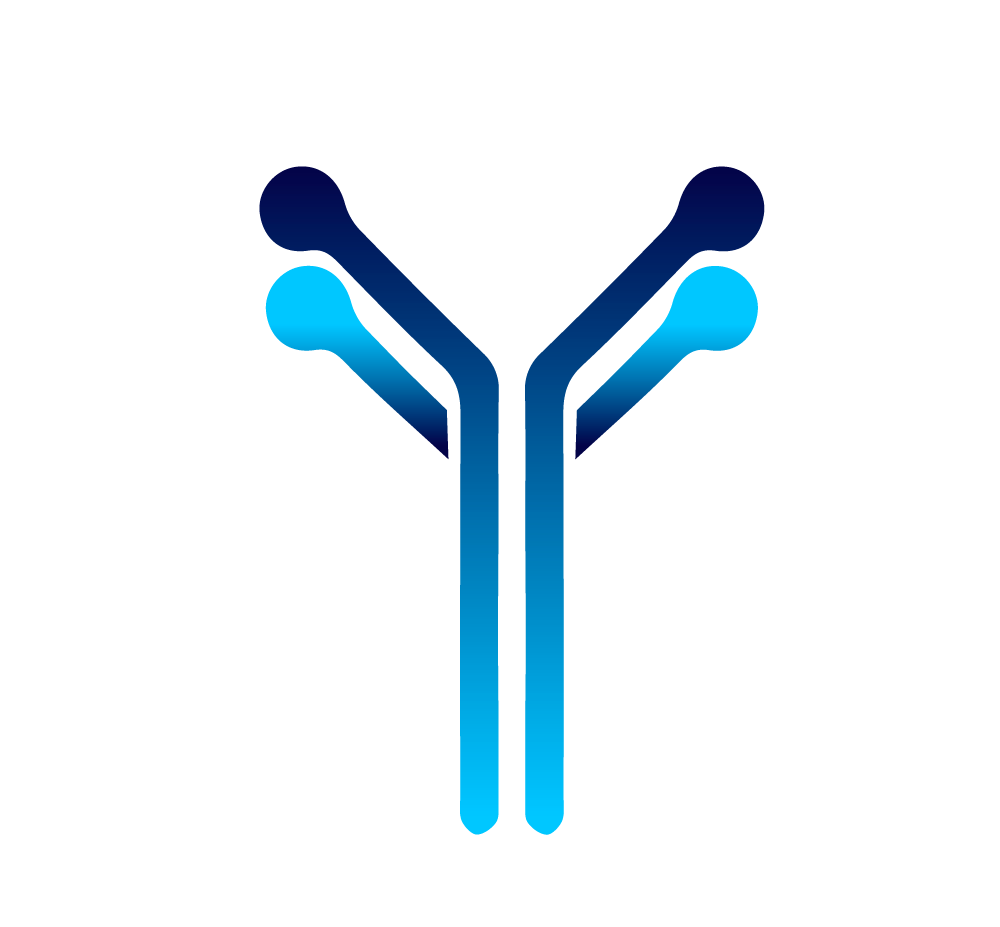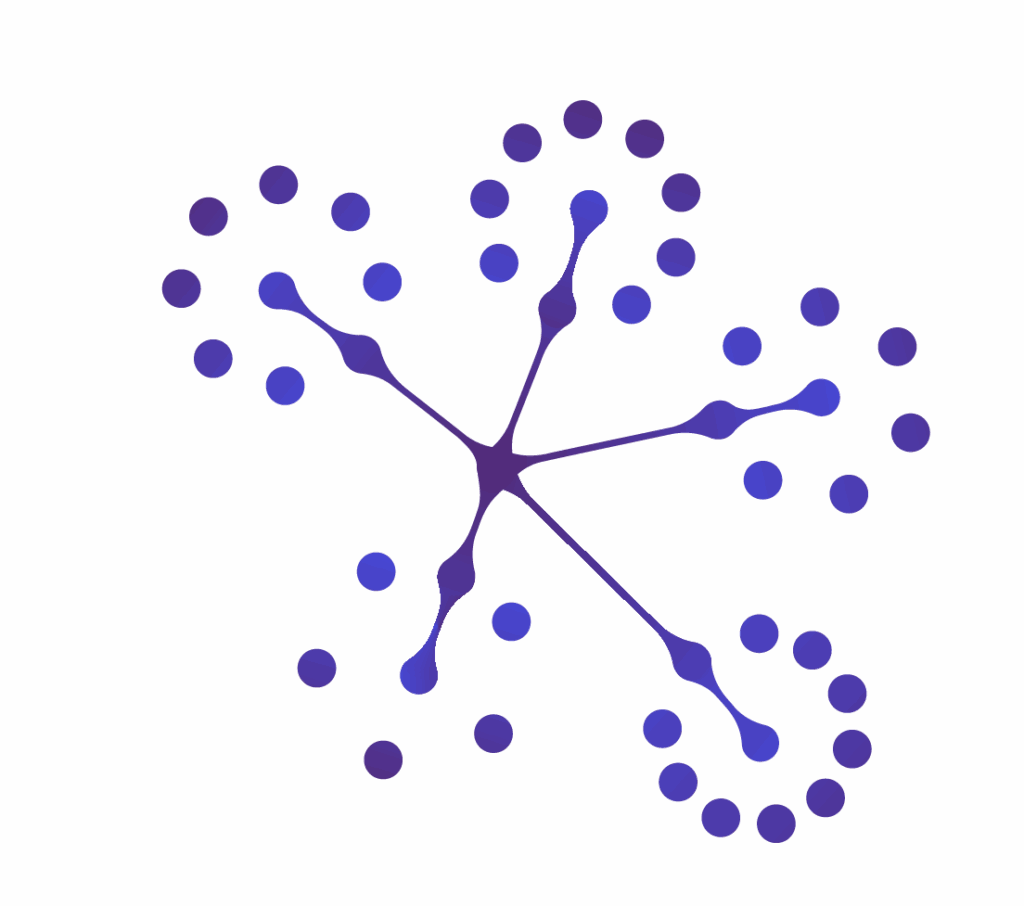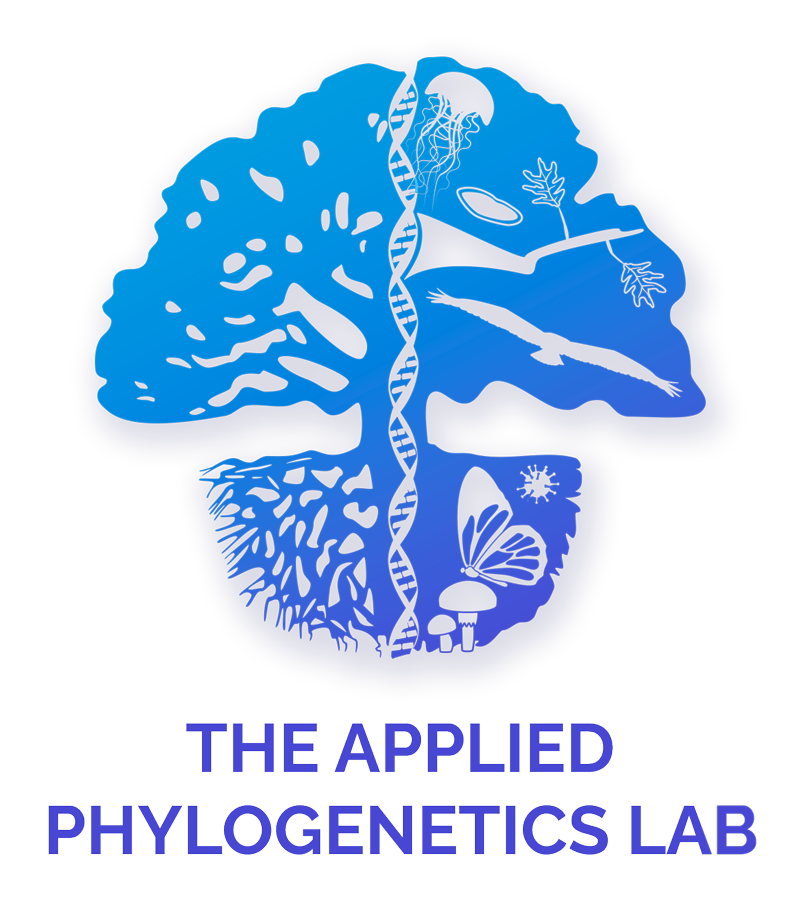research

Macroevolution and the genotype-phenotype map
A major theme of our research is studying the long-term evolution of phenotypes. We seek to understand general principles for how evolution shapes form and function across the tree of life. And we develop statistical methods for taking shared patterns of evolutionary ancestry into account when testing hypotheses.
Our current work in this area is focused on using comparative data to investigate the evolution of gene regulation and building more integrative approaches that link within- and between-population data.

Macroevolution and the genotype-phenotype map
A major theme of our research is studying the long-term evolution of phenotypes. We seek to understand general principles for how evolution shapes form and function across the tree of life. And we develop statistical methods for taking shared patterns of evolutionary ancestry into account when testing hypotheses.
Our current work in this area is focused on using comparative data to investigate the evolution of gene regulation and building more integrative approaches that link within- and between-population data.

Evolutionary immunology
It has long been appreciated that within-individual antibody diversity is generated by evolutionary processes including recombination, mutation, and selection. In our group, we take this idea literally and are developing new phylogenetic methods to reconstruct the processes and events that shaped the antibody repertoire. We are also working towards reconstructing the evolutionary history of the germline genes that encode the antigen-recognition sequences of antibodies (immunoglobulins) across vertebrates

Evolutionary immunology
It has long been appreciated that within-individual antibody diversity is generated by evolutionary processes including recombination, mutation, and selection. In our group, we take this idea literally and are developing new phylogenetic methods to reconstruct the processes and events that shaped the antibody repertoire. We are also working towards reconstructing the evolutionary history of the germline genes that encode the antigen-recognition sequences of antibodies (immunoglobulins) across vertebrates

Lineage diversification
A major goal of our research is to understand the processes that generate diversity in the number of lineages. What we mean by lineages depends on the context. In the field of macroevolution, we are trying to explain why some branches of the Tree of Life are so much more diverse than others. In applications to epidemiology, we want to reconstruct the dynamics of pathogens using their genomes
Currently we are working to better understand the mathematical properties of models used to study diversification processes so we (and others) can make more robust inferences.

Lineage diversification
A major goal of our research is to understand the processes that generate diversity in the number of lineages. What we mean by lineages depends on the context. In the field of macroevolution, we are trying to explain why some branches of the Tree of Life are so much more diverse than others. In applications to epidemiology, we want to reconstruct the dynamics of pathogens using their genomes
Currently we are working to better understand the mathematical properties of models used to study diversification processes so we (and others) can make more robust inferences.
